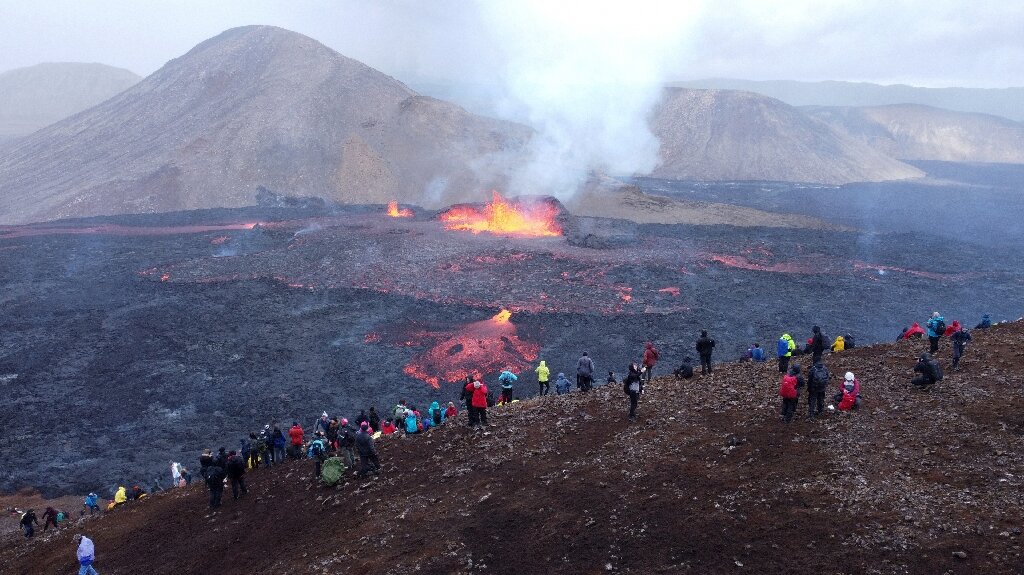
On Wednesday, the weather service in Iceland reported that 2,200 earthquakes had been detected in the city of Reykjavik, the country’s capital. The tremors began at approximately 4:00 p.m. beneath Mount Fagradalsfjall on Iceland’s southwestern coast, the Reykjanes Peninsula, where two eruptions have occurred in the last two years. This level of seismic activity significantly signals the possibility of an impending volcanic eruption.
Seven of the quakes had magnitudes greater than four
“Around 2,200 earthquakes have been detected and the largest earthquakes have been felt in the Southwest part of Iceland,” said The Icelandic Meteorological Office (IMO) in a statement. They went on to say that the seismic activity was very likely to continue. According to the organization, seven of the registered quakes had a magnitude greater than four, which is classed as a minor quake.
International Maritime Organization upped the aviation warning level from “green” to “orange”
In reaction to the seismic activity, the International Maritime Organization (IMO) upped the aviation warning level from “green” to “orange.” Orange signifies that an eruption is imminent or is taking place with little/no ash. The April 2010 eruption of the Eyjafjallajokull volcano serves as a reminder of the possible consequences, as it resulted in the cancellation of around 100,000 flights and the stranding of nearly 10 million travelers.
A color coding system in aviation
The Aviation color code system has four levels: green, yellow, orange, and red, which indicate normal to high-risk situations. The Aviation color code for some volcanoes in Iceland has been modified several times in recent years. The most recent instance of the color code being upgraded to orange/red was during the 2014-15 eruption of Bárarbunga.
Iceland is Europe’s largest and most active volcanic zone
Iceland is Europe’s largest and most active volcanic zone. It is situated on the Mid-Atlantic Ridge, a significant geological feature that separates the Eurasian and North American continents. The country’s volcanic eruptions are caused by the ongoing movement of these plates. This results in a fascinating but unpredictable natural environment, making Iceland a one-of-a-kind and enthralling destination.
A natural wonder as well as a possible threat
As shown during the recent eruptions of Mount Fagradalsfjall in 2021 and 2022, the fascinating sight of an active volcano attracts a significant number of people. However, it is critical to comprehend the phenomenon’s dual character. On one hand, it demonstrates nature’s awe-inspiring beauty, and simultaneously, it poses a potential risk to both people’s safety and man-made infrastructure.
